Toys represent our imagination, our aspirations and our innocent, childhood fantasies. Everyone is still a child at heart. The camera, along with our creativity, will allow us to capture these moments and share it with everyone. The challenge of Toy Photography is to make the toy “lifelike”; to remove that “plastic-feel” to it and to make it more human. Most Toy Photographers put their subjects into everyday, mundane scenes. We are limited only by our imagination.Toy photography has boomed in the last few years, with amateurs and professionals embracing it all over the world. From Star Wars toy photography to pictures of toy cars, it’s everywhere.
Camera Settings to Make our Toy Photos Stand Out
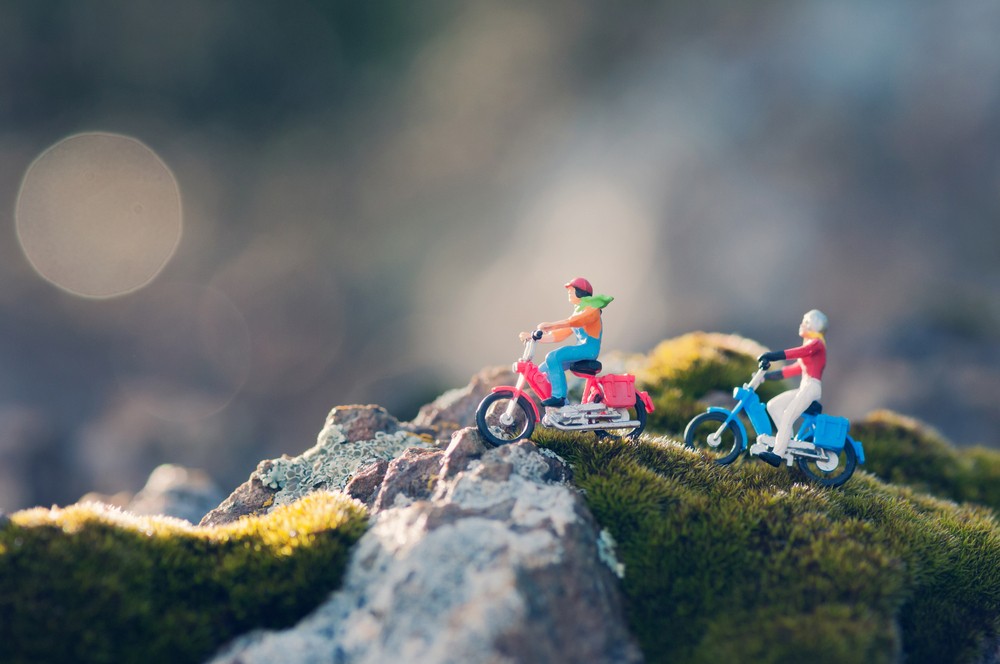
Toy photography often involves close up or extreme close up shots. Here are some things to keep in mind with our camera settings:
Choose a Narrower Aperture for More Details
Essentially, the closer we are to our subject, the less depth of field we’ll have to work with. We have to choose our lens wisely, and consider where you place the subjects. To create a decent depth of field, consider stacking your toy photos, which I discuss at tip number 6.
Use Manual Focus to Be Precise
When we are photographing small details of toys, our camera’s autofocus gets confused. We usually end up switching to manual focus and slowing down our work process.It’s not easy to check whether auto or manual focus works best for us on that particular day with that particular toy. Sometimes it takes trial and error, and lots of reviewing images on our computer screen.
Lower Your ISO for Maximum Quality
If we’re using a tripod (definitely recommended), we should be stick with ISO100. This way, we can optimise the light and reduce noise in the photo. Photo by Daniel Cheung on Unsplash.
Prepare the Right Gear for Toy Photography
Before we start clicking away at our chosen toys, it’s really important to make sure we have the right gear on hand. Many types of photography work with minimal gear, but when we’re dealing with small toys, some equipment makes the process much easier.
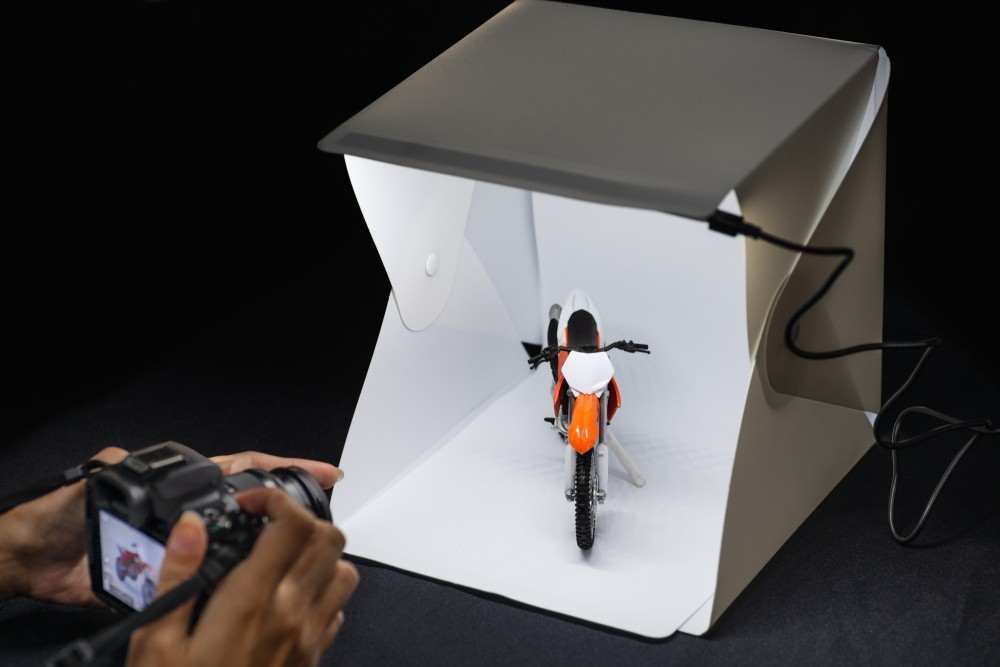
Tripod
Toy photography has similar requirements to still life photography, and a tripod should be always at the top of our list. We’ll also need to use a tripod if we want to try our hand at photo stacking.Using a tripod means that we don’t lug the camera around every time we need to move our toy a fraction.
Shutter Release Cable
Using a shutter release cable is an important step in avoiding camera shake. We can also use dedicated camera remote apps depending on the feature and brand of our camera. Most DSLR’s and mirrorless cameras offer built-in WIFI connectivity.
Table or Raised Platform
For flexibility to take photos of toys from different angles, it’s best to have a table to work at. This will help us to get ‘eye-level’ with the toys, just like when we’re photographing humans.The alternative is crawling around on the floor. It might be good for military training, but not very comfortable for photography.
Backdrops
Have a neutral background on hand that can be used behind and under our toys. We don’t have to spend money – it’s straightforward to make our own backdrops.
A basic kitchen table set-up.
Tools
Toys can be fiddly to photograph. Carry a mini tool kit with small scissors, tweezers, blue tac, and wooden skewers to help with adjustments.It’s much quicker to chop off a few stray threads and move things delicately with a tool than it is to muck around in Photoshop afterwards.For the same reason, keep a cloth and general-use spray cleaner on hand. With the close-up nature of your photos, every speck of dust will be seen.
Lighting
Setting up the right lighting for our toy photography can take a bit of trial and error, but it’s worth the effort. Sometimes we use a lamp and/or a flash, but mostly we should prefer to use diffused natural light through a window and a reflector. Use whatever works with our budget and subject matter, but we have to make sure that the light is even and soft.
Photo by cottonbro from Pexels: Shoot Outdoors to Add an Element of Adventure
For hassle-free toy photography, take our photos outside in natural light. Like most other forms of photography, it’s best to avoid open sunlight. We don’t want to underline our toy’s structure in an unpleasant way by photographing in hard light.A lightly clouded day with soft and even light is ideal. We might still need a small reflector (or a small square of tin foil), but we can remove any flash or artificial lighting. Explore our environment, and look at how it contributes to the background story of our toy and photograph.
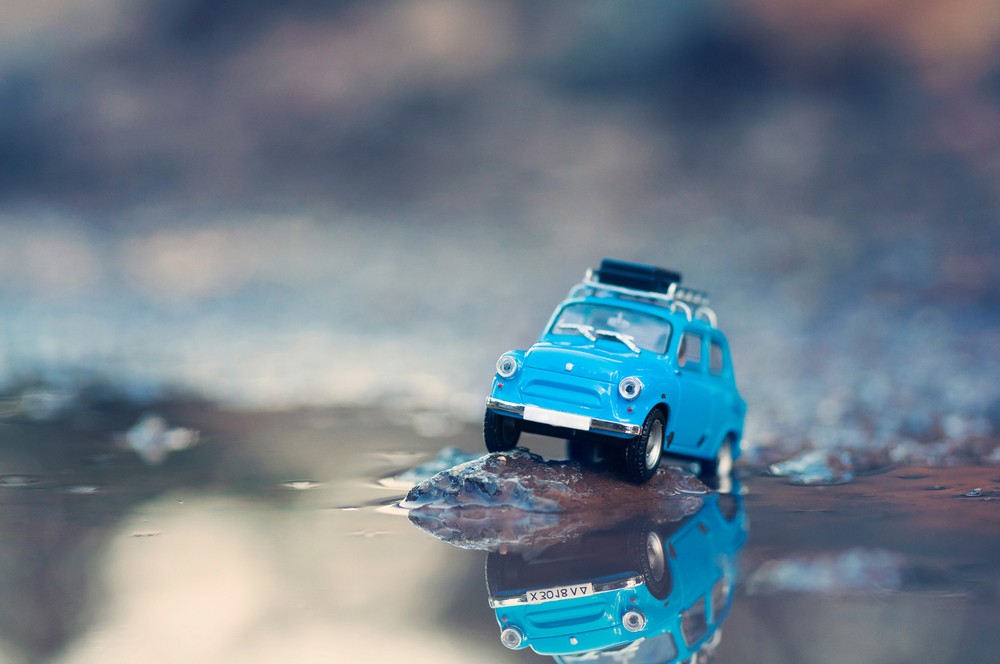
We can try some of following things below to introduce adventure to our toys:
Include Emotion to Tell our Toy’s Story
The fun part of toy photography is telling a story.The result of storytelling in our toy photography is twofold. The viewer not only sees our story but can also attach their own emotions and feelings of nostalgia to the toy. It might be a toy truck lost in a forest; dolls stuck high on a window ledge, or farm animals at dinner time.Include a strong narrative by using (small) props, or a relevant background. Posing is important to convey the story too – try borrowing some posing ideas from human poses. If we’re photographing more than one toy in the scene, consider how they relate to each other, and where their eye lines are.
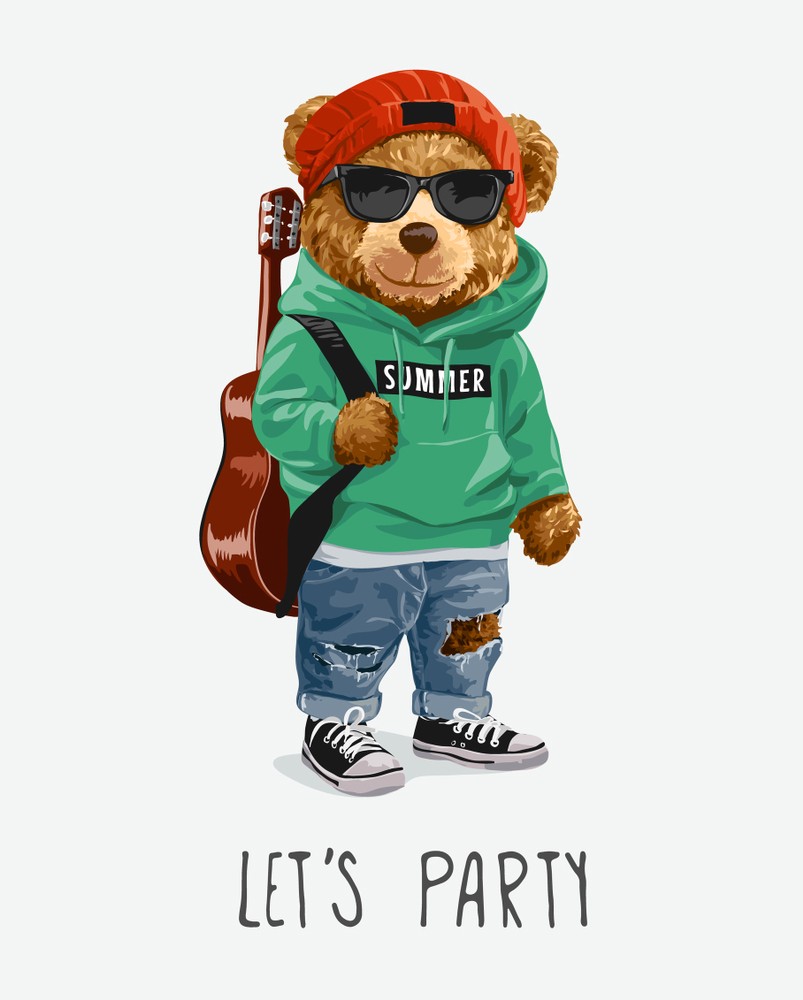
Photo by Marina Shatskih from Pexels: Make It a Group Effort and Get Kids Involved
If we have younger friends or family, get them involved in our toy photography.A collaborative process often provides fresh inspiration, plus we’ll be able to borrow their toys. Toy photography is a great way to introduce photography to children.
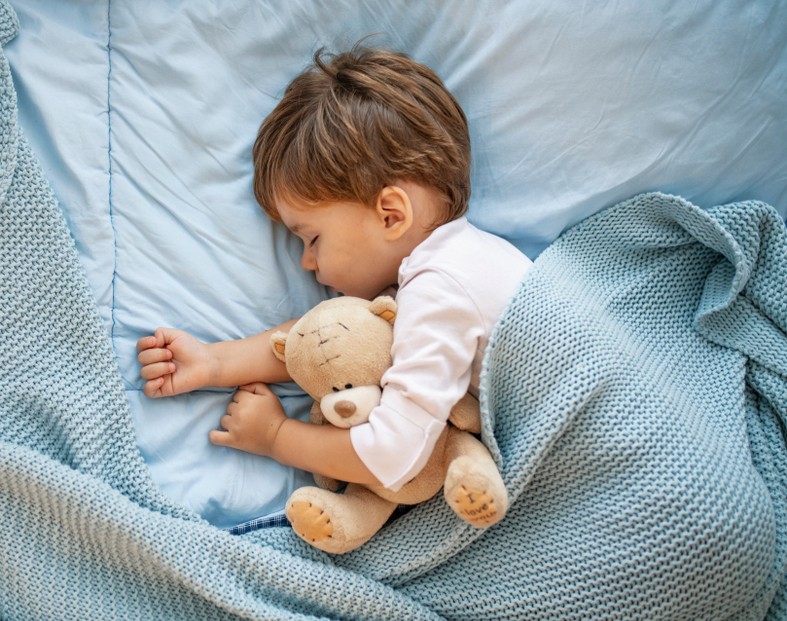
Photo by Oliadanilevich from Pexels: Try Focus Stacking Photographs for Greater Detail
‘Focus stacking’ means combining photographs of the same subject with different focal points. We can do so in Photoshop.Each photograph can be set at a different focal point so that when a few of them are combined, more of the image is in focus. Every photo needs to be made from the exact same position.
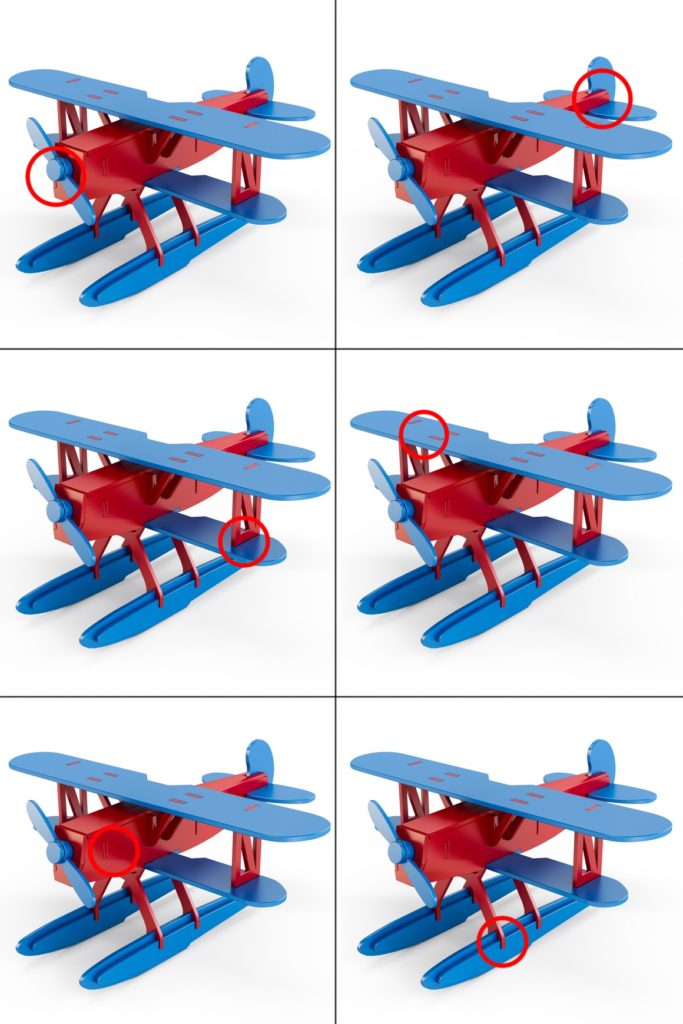
The red circle indicates the current focal plane. (Image: Chad Verzosa).
This technique is particularly useful for toy photography. We’ll often be doing close-ups which can result in a shallow depth of field.Learning the techniques of focus stacking won’t only give us super sharp photographs of toys. It will also give us Photoshop skills that come in handy for several other photo projects and subjects.
Change our Angle to Make Unique Toy Photos
Although we might be set up to photograph at eye level, think outside the square and explore different angles too. Just like portraiture, shooting from up high or down low can add an emotive element to a toy and help tell a story.Sometimes this means holding the camera at odd angles and looking like a bit of a dork trying to get the right shot. It’s always worth it, though.
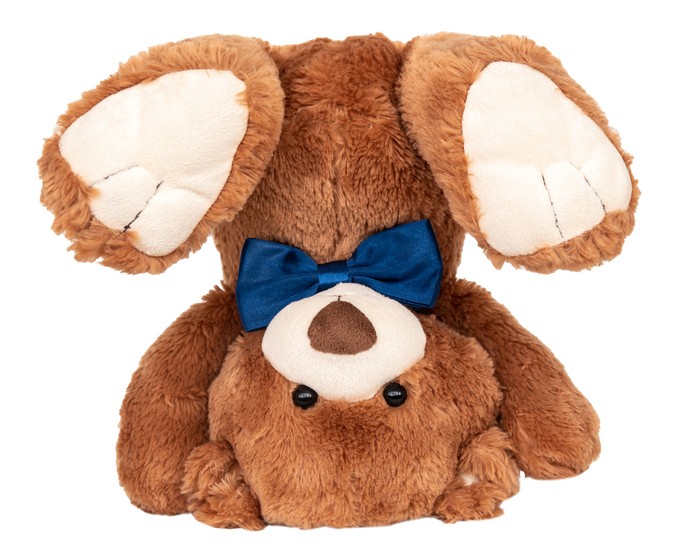
Photo by Lewis Burrows from Pexels: Get Inspired by Toy Photographers Online
Just like any genre of photography, there is a tremendous online community of toy photographers who share their works of art.Mitchel Wu creates incredible scenes in his toy photography, with characters we all know and love.Kim Leuenberger has a fantastic car theme that weaves through her work. She beautifully showcases toy cars in stunning locations.There’s even a special international toy photography award that celebrates the best of the genre.
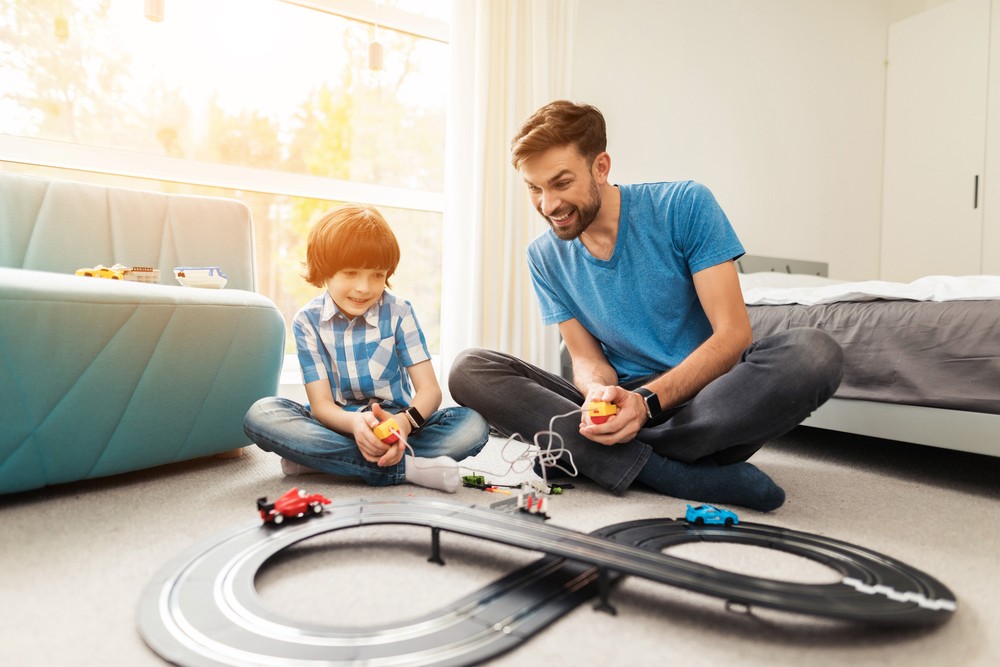
Use Macro Photography For Creative Toy Photos
Enlarging our favourite toys using macro photography makes a lot of sense. This technique makes the toys appear more life-size and helps us see the toys with fresh eyes.Macro lenses and accessories are commonplace now, and they’re a natural progression from a zoom lens.There are limitless creative macro photography ideas out there. These can involve toys, household items, and nature.
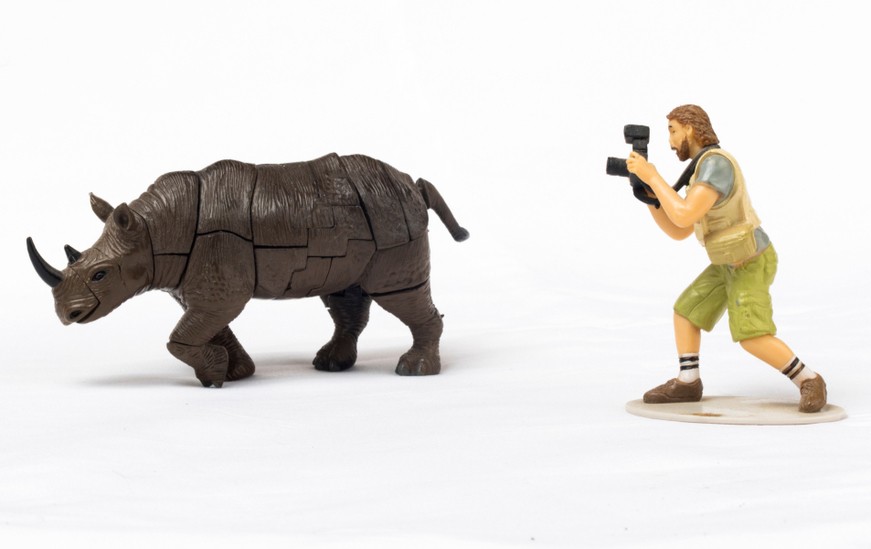
Photo by Thomas Stephan on Unsplash
Conclusion
The toy industry in on the boom level right now. After the growth of ecommerce, Toys are getting sold like water. People all over the world are purchasing them through ecommerce shops and social ecommerce stores. One thing that is supporting the method of sales of this huge toy industry is the photograph of the toys. Toy photos gets used in various places while promotion. It gets used as the packaging cover, in printed advertisements and especially on the ecommerce sites. This is why the demand for toy photographers is high now. Both beginners and professionals are embracing this photography niche as a solid way to earn through photography business.